When submitting a Freedom of Information Act (FOIA) request to the U.S. Food and Drug Administration (FDA), one of the most common questions is: "How long will it take to receive my requested documents?" Understanding the average processing times for different types of FDA documents can provide insight into what to expect.
Analyzing Processing Times
Based on FOIA requests from fiscal year 2023, we analyzed the average processing times for several key document types. The analysis reveals the following average processing times:
- 510(k) Documentation: 92 days (can take up to 2 or 3 years)
- Color Additive Petition: 70 days
- Company/FDA Correspondence: 18 days
- EIR (Establishment Inspection Reports): 35 days (can take years for international docs)
- Food Additive Petition: 65 days
- Form 483: 20 days (can take years for international docs)
- NDA Approval Letter: 25 days
- SS&E Documentation: 15 days
- Summary Basis of Approval: 17 days
These times provide a general benchmark but can vary significantly based on several influencing factors.
Factors that Influence Processing Times
When analyzing the turnaround times for FOIA requests, especially for regulatory documents such as those handled by the FDA, several parameters and factors can influence the processing times:
Agency-Specific Constraints: Medical Device: Requests for medical device approval records (e.g., 510(k), PMA, DEN) may take up to 18 to 24 months to process.
Mandatory Review Periods: Certain documents cannot be released until specific dates are met, either due to regulatory review periods or to ensure that sensitive information is handled appropriately.
Redaction Requirements: Documents often need to be reviewed and redacted to remove sensitive or proprietary information before they can be released, which can add to processing times.
Volume of Requests: High volumes of requests can lead to backlogs, extending processing times. Agencies often process requests on a first-come, first-served basis.
Complexity of Requests: Requests that involve multiple documents, large volumes of data, or require extensive review and redaction are typically more time-consuming.
Inter-Agency Consultations: Some documents may require consultation with other agencies or departments before they can be released, adding to the time required for processing.
Exemptions and Exclusions: Certain information may be exempt from disclosure under FOIA exemptions, requiring a thorough review to determine what can be released. This includes classified information, trade secrets, and personal privacy considerations.
Pre-Publication Review: Some documents are subject to pre-publication review, ensuring that they do not contain information that could compromise ongoing investigations or other sensitive operations.
Litigation Holds: Documents involved in ongoing litigation may be subject to holds, preventing their release until legal matters are resolved.
Requester’s Agreement: Sometimes, the requester may agree to narrow the scope of the request or accept interim releases of information, which can affect turnaround times.
Staffing and Resources: The availability of staff and resources within the agency to handle FOIA requests can significantly impact processing times. Limited staffing may result in longer delays.
By considering these factors, one can gain a better understanding of the variability in processing times for FOIA requests. These factors highlight the complexity and challenges involved in handling FOIA requests and the need for agencies to balance transparency with careful management of sensitive information.
Conclusion
Understanding the processing times for FDA documents is essential for stakeholders, including pharmaceutical companies, medical device manufacturers, and researchers. These insights can help manage expectations and plan accordingly when requesting critical regulatory information. While the FDA demonstrates efficiency in handling FOIA requests, ongoing analysis and improvements in the data logging system could further enhance transparency and accessibility.
For those interested in specific document types or more detailed analysis, the FDA's FOIA office provides additional resources and support to facilitate access to regulatory information. Understanding these factors can help manage expectations and provide a clearer picture of what to anticipate when submitting a FOIA request to the FDA.
